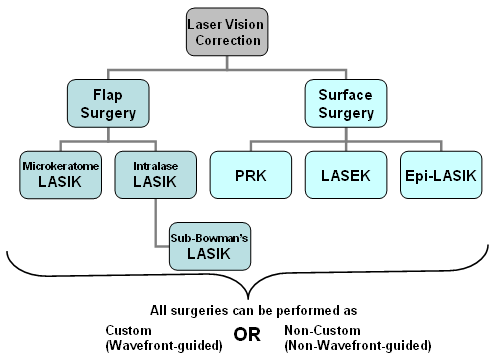Refractive Lens Exchange Explained: What Your Ophthalmologist Isn't Telling You
Refractive Lens Exchange Explained: What Your Ophthalmologist Isn't Telling You
Blog Article
on front page By-Sumner Wichmann
Have you ever before considered Refractive Lens Exchange (RLE) as an alternative for vision correction? While it isn't as commonly discussed as LASIK, RLE could be a game-changer for your vision. Many people forget its advantages, thinking conventional approaches are their only choice. But what are the genuine advantages, and what might your ophthalmologist not be telling you regarding this procedure? Let's check out the ins and outs of RLE together.
Understanding Refractive Lens Exchange: The Fundamentals
Refractive lens exchange (RLE) is a procedure that can considerably boost your vision, particularly if you're taking care of presbyopia or severe refractive errors.
During RLE, your eye cosmetic surgeon removes your eye's natural lens and changes it with a synthetic one tailored to your vision needs. This treatment can deal with nearsightedness, farsightedness, and astigmatism, giving you clearer vision without counting on glasses or call lenses.
The surgical treatment is typically quick, taking less than an hour, and most patients experience marginal discomfort. Healing is fairly quickly, permitting you to return to your daily activities quickly after.
If you're considering RLE, consulting with your optometrist can aid you determine if it's the right option for you.
Key Differences Between RLE and Typical Cataract Surgical Procedure
While both refractive lens exchange (RLE) and standard cataract surgery involve changing the eye's all-natural lens, their primary objectives and individual accounts vary substantially.
RLE is targeted at people seeking to lower their dependancy on glasses or call lenses due to refractive mistakes, usually prior to cataracts develop. In contrast, standard cataract surgical treatment usually targets people who have actually created cataracts, which cloud the lens and impair vision.
https://www.news4jax.com/health/2019/07/09/warning-about-rare-but-extreme-pain-after-lasik-eye-surgery/ made use of in RLE can provide a wider range of vision adjustment, while common cataract surgical procedure usually involves basic monofocal lenses.
In addition, RLE candidates are frequently younger and in great total health and wellness, whereas cataract individuals may be older and have other health issues.
Picking the right procedure relies on your details vision needs and scenarios.
Potential Benefits and Factors To Consider of RLE
If you're thinking about refractive lens exchange (RLE), you'll find several possible benefits that might boost your quality of life.
RLE can supply you with clearer vision, lowering or eliminating the demand for glasses or call lenses. It provides an opportunity to attend to presbyopia and various other refractive errors simultaneously, usually improving your overall visual acuity.
Furthermore, RLE can be a wonderful choice if you're not a suitable prospect for LASIK. Nonetheless, it is essential to weigh the factors to consider, like the expense, potential dangers, and the recuperation period.
Reviewing your specific requirements with your optometrist can assist you make an informed choice, guaranteeing you choose the best course for your vision correction.
Final thought
Finally, refractive lens exchange uses a distinct remedy for vision modification that exceeds what LASIK can offer. It's vital to consider the advantages versus possible dangers and prices prior to choosing. Do not be reluctant to ask your optometrist the hard concerns to guarantee you fully understand the procedure and its ramifications for your vision. With the ideal info, you can with confidence choose the best alternative for your eyes and way of life.
